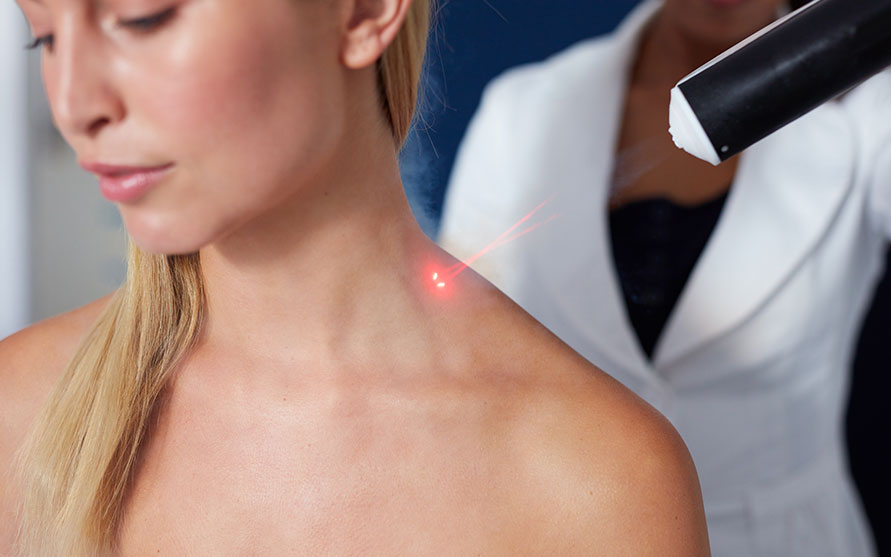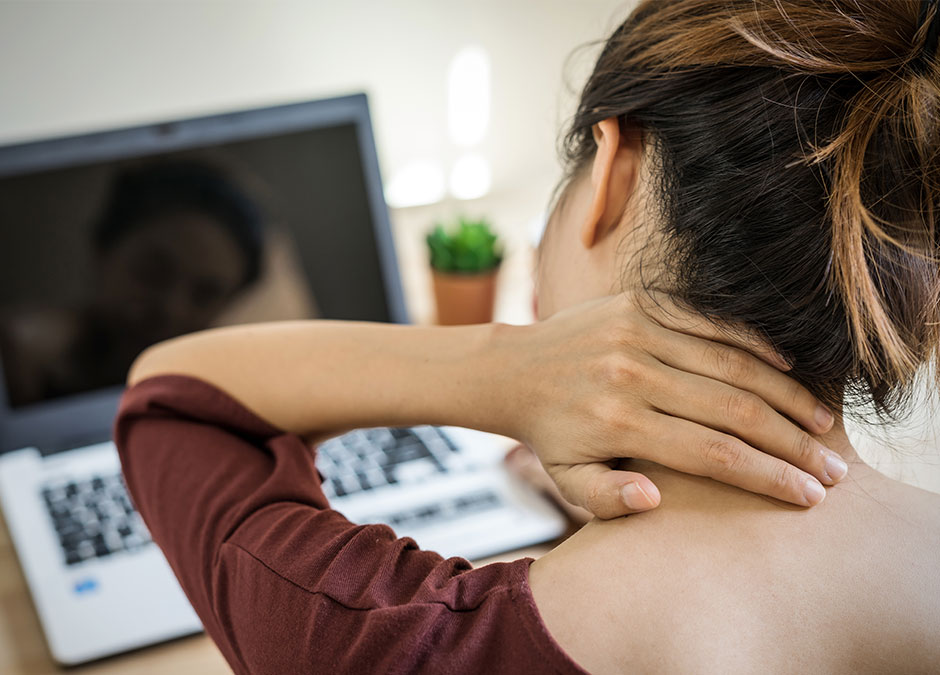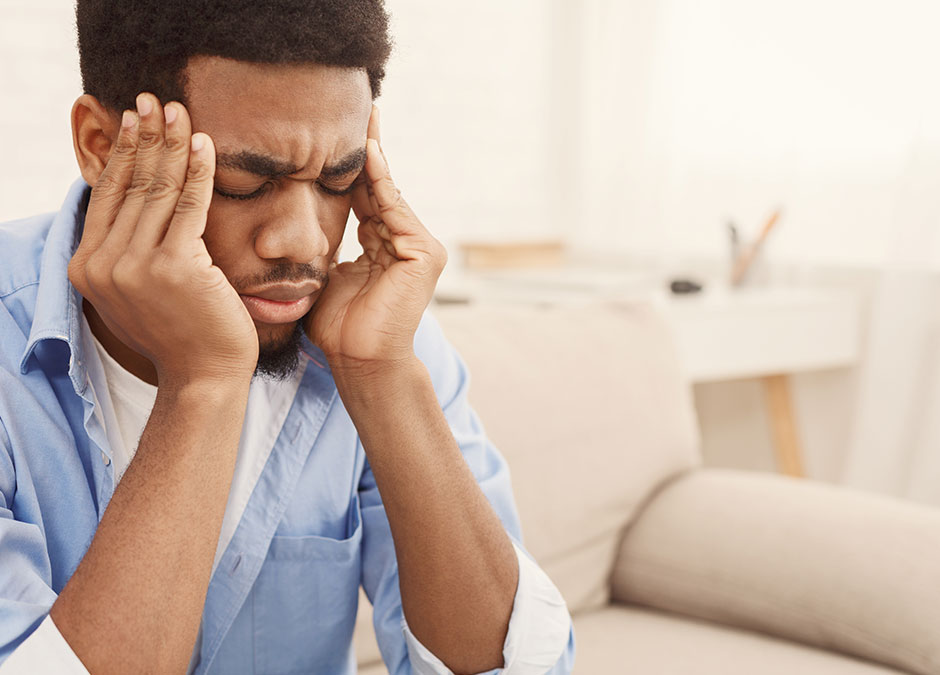For individuals whose tissue is being treated, aesthetic and surgical lasers literally heat the tissue. However, cold laser therapy, true to its name, does not.
Other names for cold laser therapy are as follows:
- Photobiomodulation
- Soft laser biostimulation
- LPLT (low-power laser therapy)
- LLLT (low level laser therapy)
The Workings of Cold Laser Therapy
In the most simplistic terms possible, here’s how cold laser therapy works:
In a targeted area, different outputs and wavelengths of low-level light are applied. The light is then absorbed by body tissue. A reaction is caused by the near-infrared and red light. Promoting regeneration, a physiological reaction occurs as the damaged cells respond.
The procedure is noninvasive and painless, even though you will feel your skin being touched by the device. You will feel no heat or vibration, and there will be no sound. Only a few minutes is required for each treatment, most typically.
Uses for Cold Laser Therapy
Medical professionals, such as physical therapists, dentists, doctors, and more, in a variety of ways, make good use of cold laser therapy. Relief from inflammation and pain, as well as tissue repair, are the main uses for cold laser therapy.
The Abundant Uses For Cold Laser Therapy
In addition to physical therapists and sports medicine specialists using cold laser therapy to treat traumatic injuries, it can also be used for the following:
- Wound healing – Including diabetes related wounds, this therapy is used to treat wounds that are classified as “difficult to heal”.
- Skin rejuvenation – To encourage skin rejuvenation, cold laser therapy is used. Various skin problems are treated by dermatologists including rashes and dermatitis, swelling of the skin (edema), vitiligo, burns, psoriasis, and acne scars (as well as existing acne).
- Pain and aches – Resulting from conditions such as fibromyalgia or carpal tunnel syndrome, individuals with chronic or acute pain are treated by pain clinics using cold laser
As just mentioned, traumatic injuries (and chronic pain) can be treated with cold laser therapy by sports medicine specialists and physical therapists. These afflictions/injuries can include some of the following:
- Muscle spasm pain
- Knee pain
- Lower back pain
- Tennis elbow
- Bursitis
- Tendinitis
- Muscle strains
- Ligament sprains
Cold laser therapy is used to promote healing of soft tissue and joints, as well as to assist in the reduction of swelling.
Uses For the Future
There are virtually limitless possibilities for new application potential where cold laser therapy is concerned. A variety of conditions and ailments can, hopefully, one day be treated. Researchers are currently analyzing the possibilities for treatment of the following:
- Parkinson’s disease
- Alzheimer’s disease
- Spinal injury
- TBI (traumatic brain injury)
Turn to Head Pain Institute for Pain Management
Now that you’re familiar with cold laser therapy and how it can be a treatment for pain, turn to the Head Pain Institute for treatment. With cold laser therapy, individuals can receive a noninvasive, effective method to deal with pain.
If you have pain and are interested in pursuing a treatment that is noninvasive, speak to a physical therapist, a doctor, or contact us today.




